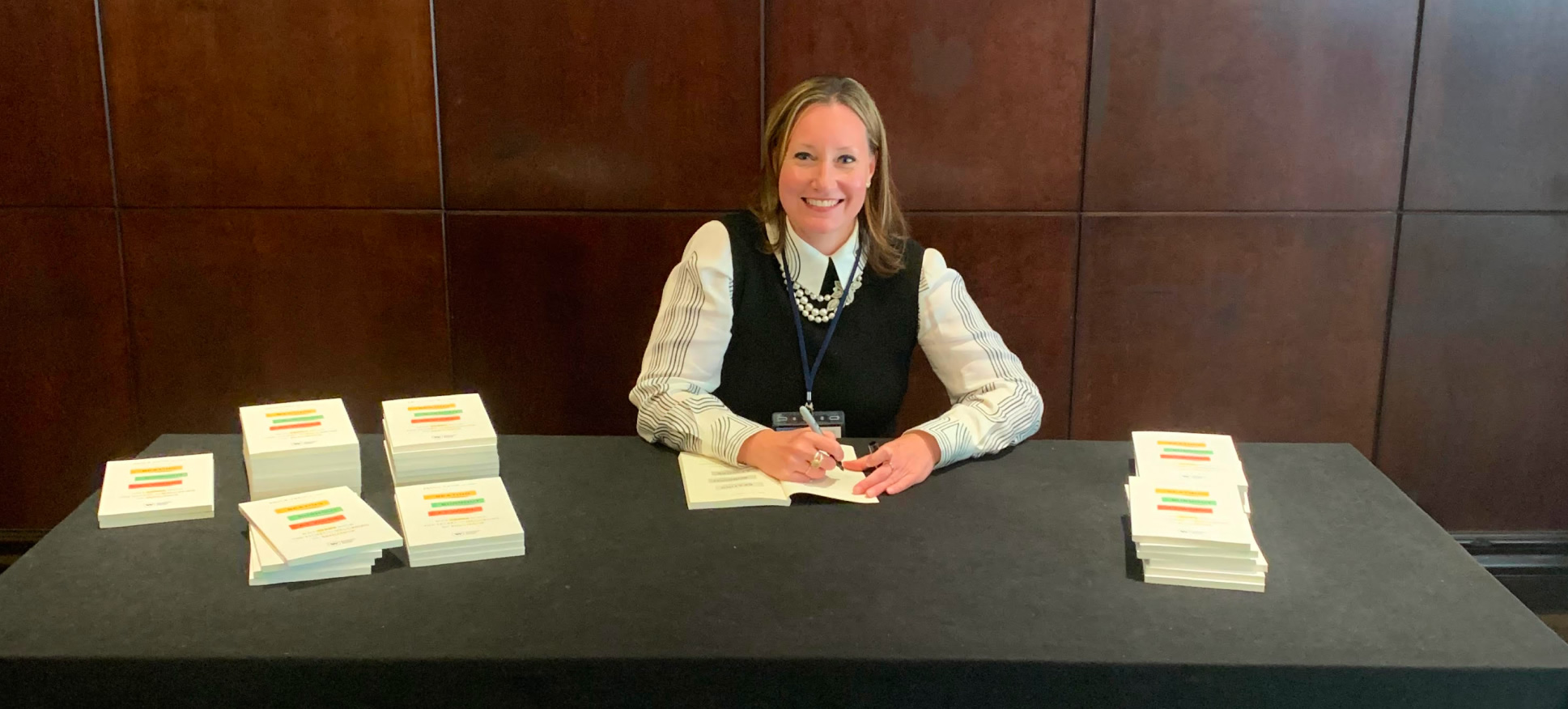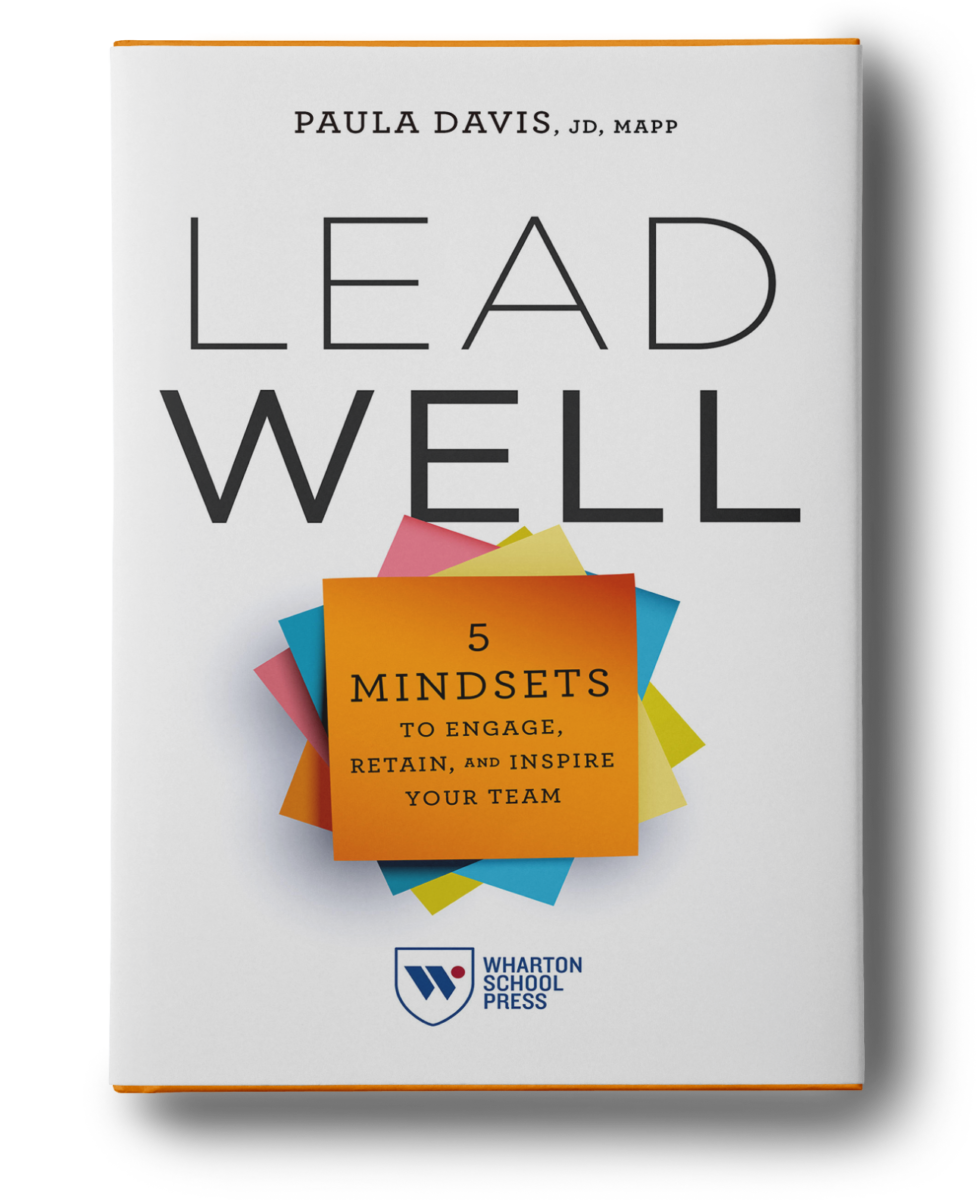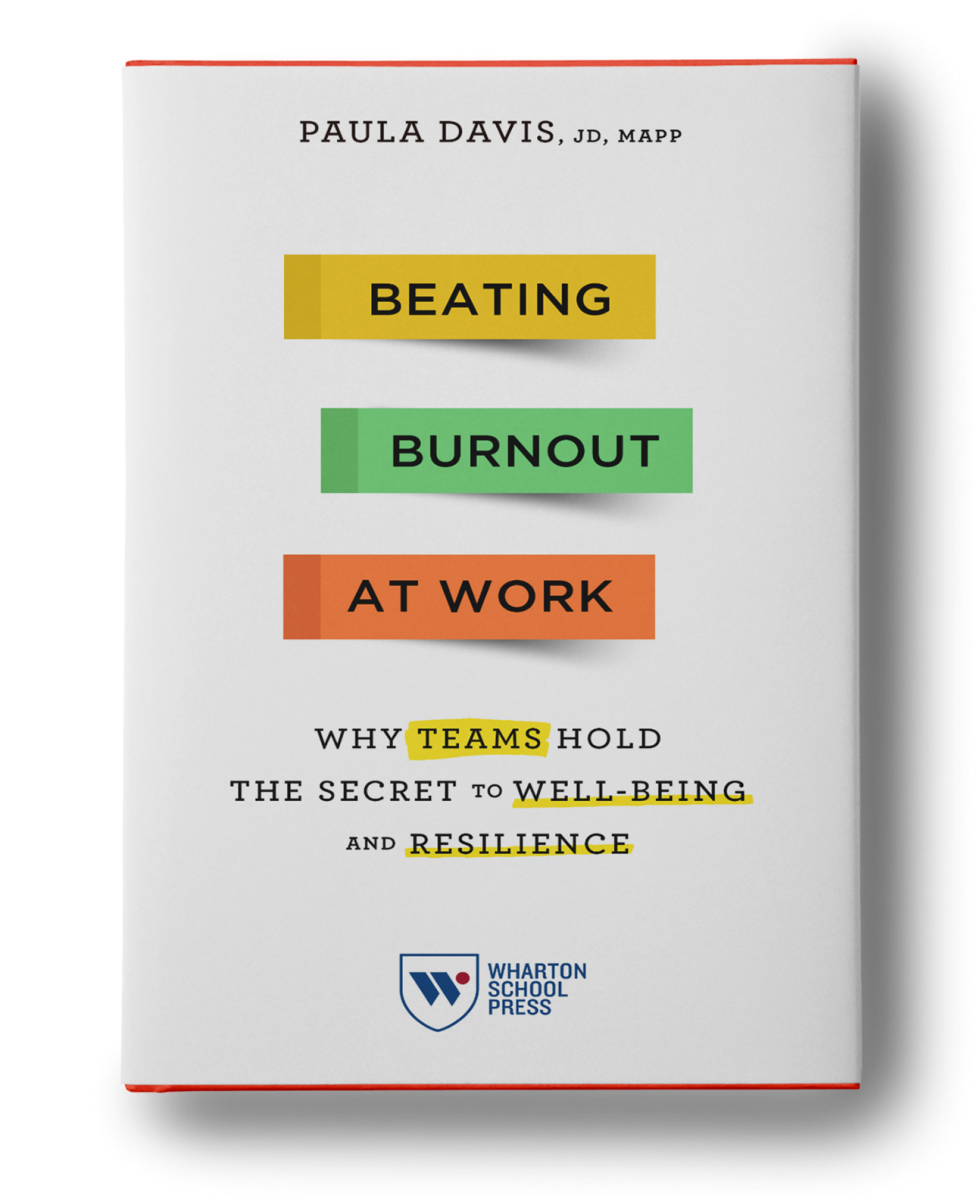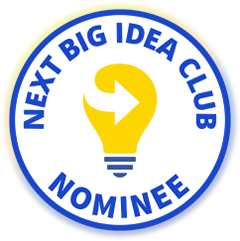Teaming Up
Against Burnout
Burnout is still one of the top challenges organizations face, and it impacts employees at all levels.
Managers are more likely than non-managers to be disengaged at work, burned out, looking for a new job, and feeling like their organization doesn’t care about their well-being.
More than ¼ of leaders feel burned out often or always, and two-thirds feel it at least sometimes. In addition, a recent survey of Inc. 5000 CEOs revealed that nearly half cited burnout as their biggest organizational challenge.
And, it likely costs your organization millions of dollars each year in the form of malpractice claims, increased health insurance costs, disengagement, and attrition. Despite decades of research and thousands of books, articles, and papers on the topic, burnout remains largely misunderstood.










